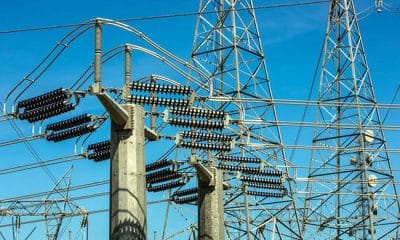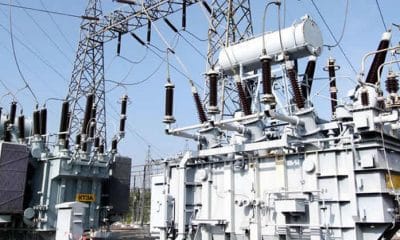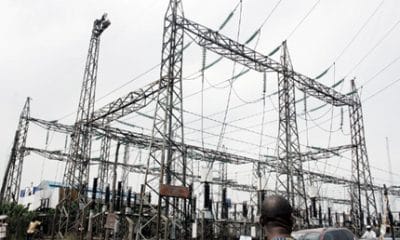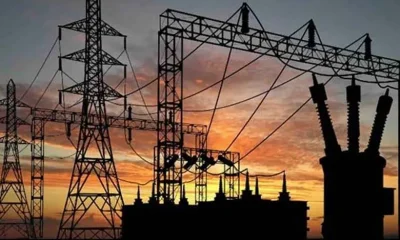Nigeria News
Nigeria’s Power Grid Collapsed 46 Times Between 2017 And 2023 – IEA
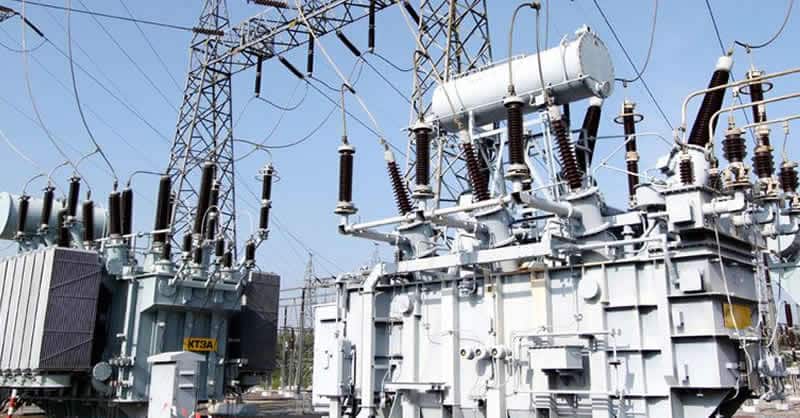
The International Energy Agency (IEA) stated on Wednesday that there were 46 power grid collapses in Nigeria between 2017 and 2023.
Naija News reports that a large transmission line fire on September 14 caused the grid to fail, resulting in additional nationwide blackouts for Nigerians in 2023, according to the study.
Nigeria faced 46 grid collapses between 2017 and 2023, according to the IEA, as a result of frequent power outages.
Ageing infrastructure and vandalism were cited as the reasons behind Nigeria’s grid’s ongoing problems.
The report further detailed that Nigerians now rely 40% more on backup generators for their electricity needs due to deteriorating power infrastructure.
The IEA report read, “Although the country has a total installed capacity of about 13 GW, average available capacity remained around 4.5 GW in 2023 due to a combination of factors such as deteriorating units, poor maintenance and liquidity constraints.
“Unreliable power supply due to limited grid infrastructure, underinvestment and ineffective regulatory frameworks have resulted in an estimated 40 per cent of all the electricity consumed in the country being produced from backup generators.”
According to the country’s Energy Transition Plan, natural gas was estimated to have generated about 75% of the electricity generated on the main grid in 2023 and would continue to play a significant role in energy supply and grid stabilization for Nigeria’s power sector until 2030, at which point it would begin to decline.
The report further detailed that “Renewables are also forecast to increase over the 2024-2026 period, at a compound annual growth rate of around eight per cent.
“Hydropower accounts for most of the renewables generation during 2024-2026, largely due to the completion of the Zungeru project, with an estimated generation of 2.6TWh per year.
“Solar PV is expected to grow rapidly, with an average rate of above 50 per cent per year over the next three years,” the report indicated.

